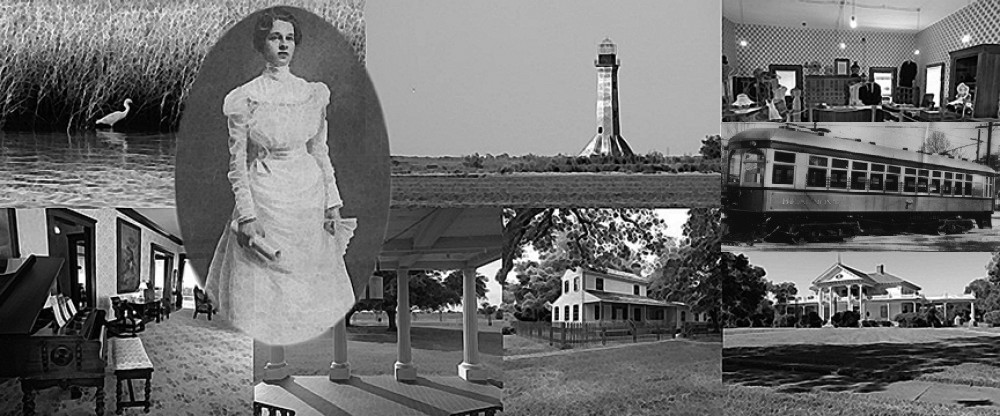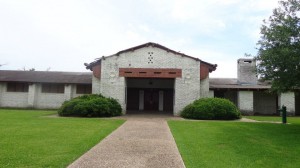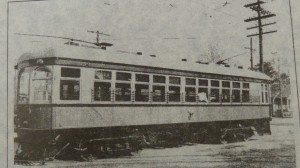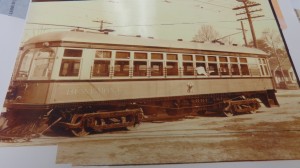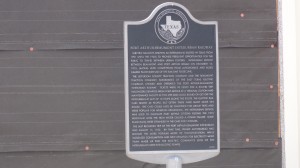There has been much talk about the Tyrrell Park Community Building and the dire need to save this structure from demolition. In fact, this talk goes all the way back to 2005, after Hurricane Rita. The building is in a state of major decay. The roof has collapsed in three different places, and the plywood that was intended as a temporary fix in 2005 and 2008 (after Hurricanes Rita and Ike, respectively) has added considerable weight to what is left of the existing roof, adding to its demise.
Built in 1935 by the Civilian Conservation Corps, the Tyrrell Park Community Building was converted into a prisoner-of-war camp during World War II. The camp housed around 200 soldiers who worked in the rice fields until the end of the war. Later the building was used as a popular site for gatherings, such as weddings, parties, and other community get-togethers. It has been vacant since 2004.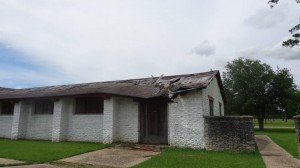
In 2008, $90,000 was spent drawing up plans for the full restoration of the building as well as the surrounding grounds. The budgeted cost at the time was $2.5 million, but the Beaumont City Council did not move forward with the restoration. (It must be noted that a simple roof, even after Hurricane Ike, would not have cost near $2.5 million.) Five years later, there has still not been a shred of restoration activity, let alone an attempt to fix the roof.
As of the time of this posting, the 2014 budget for the Capital Program has been submitted, and it is clear that there will be no progress in this matter. To the Council’s credit, they have maintained the Jefferson and Julie Rogers Theaters, renovated the old Whitehouse and J.C. Penny’s department stores, and built a community center at Alice Keith Park. Furthermore, there is extensive provision in the new budget for street improvements, which I can understand. Roads and the upkeep of city services are an obvious priority.
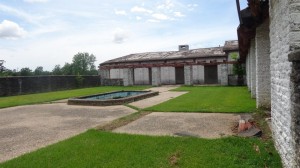 What I don’t understand is how over $10 million can be spent on a brand new event center, which, in my opinion, is nice but will not make any money. Indeed, Beaumont politics is renowned for building unprofitable centers. (How’s Ford Park doing?)
What I don’t understand is how over $10 million can be spent on a brand new event center, which, in my opinion, is nice but will not make any money. Indeed, Beaumont politics is renowned for building unprofitable centers. (How’s Ford Park doing?)
Some of you may have seen a story in the news about drilling in Tyrrell Park. The gas well was to bring in millions in revenue to the Park, but as of this posting, just under $500k has found its way there. Again, a mere roof for the building will not cost millions.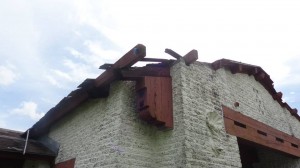
Ultimately the resolution of this issue rests in the hands of the residents and voters of Beaumont. I am not a Beaumont resident, nor do I have a say in any of Beaumont’s internal affairs. However, as a U.S. citizen, I have vested interest in the restoration of our public buildings and the preservation of our heritage. I hope that Beaumont residents will contact their council members regarding this issue and also bear this in mind at election time.
Godspeed, Beaumont. May your roofs be sturdy and sound.
